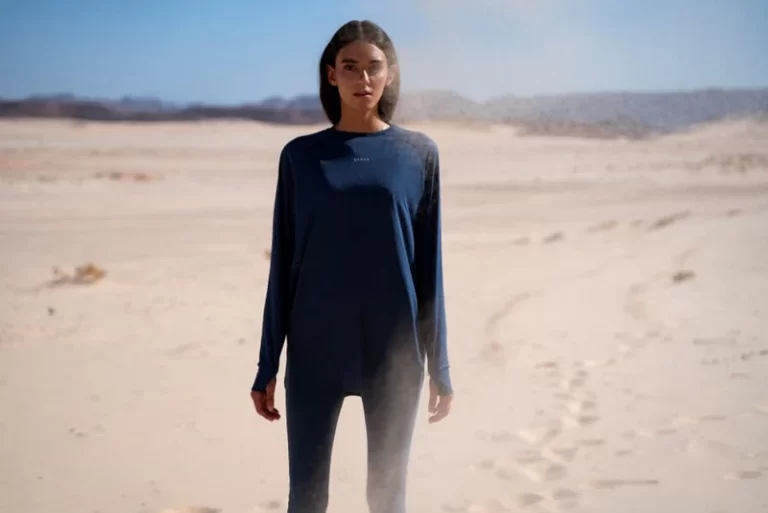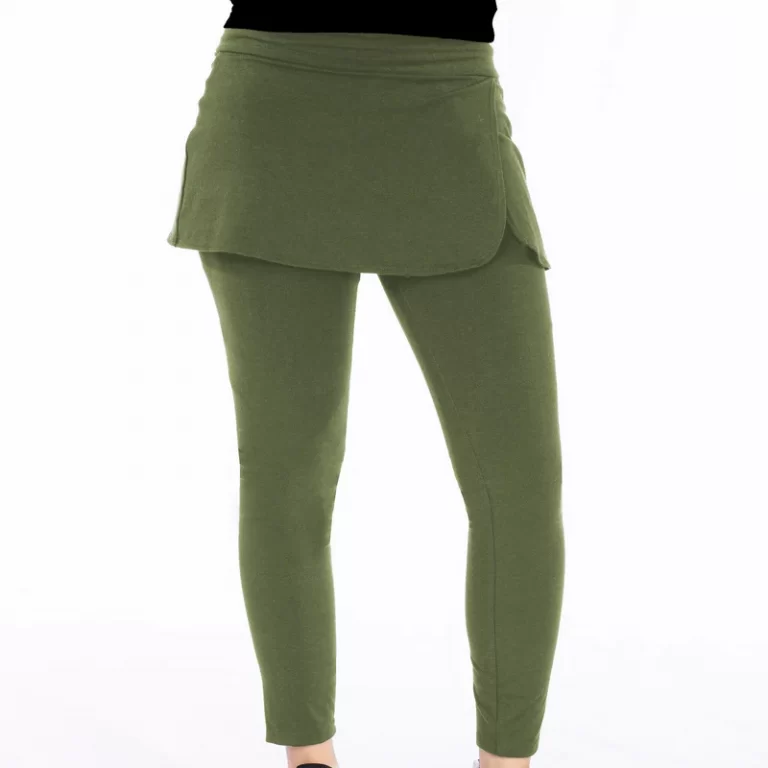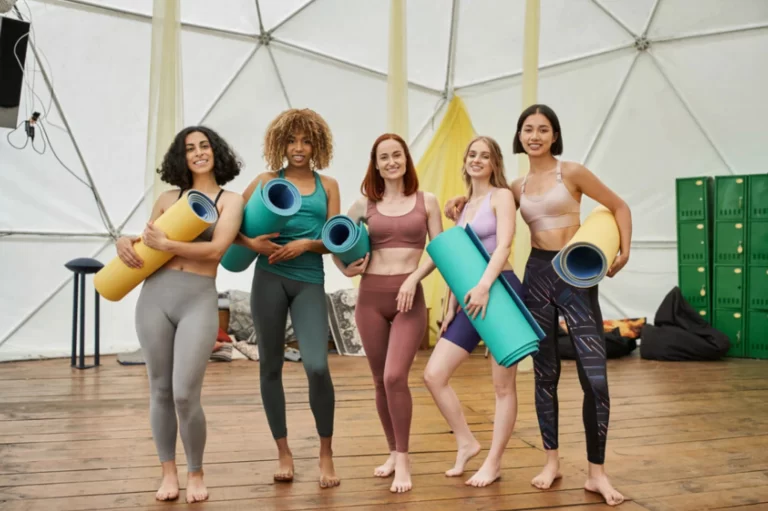Call Us At +86 17381572955
Why Do Different Fabrics Dye Differently Even in the Same Color?
In custom apparel manufacturing, especially in activewear and yoga wear, it’s common to use multiple types of fabrics within a single garment. Brands often request that these different fabrics be dyed in the same color to maintain a cohesive look. However, in practice, color inconsistencies frequently occur, even when using the same dye formula.
This article offers a professional breakdown of the root causes, common issues, and actionable solutions to help brands and designers prevent production setbacks and ensure consistent quality.
1. Understanding Fabric Dyeing Consistency
Fabric dyeing consistency refers to the visual uniformity of color, tone, and shade across different fabrics-particularly when they are used within the same garment. Whether it’s a panel, gusset, waistband, or seam reinforcement, inconsistent coloring between fabric sections can negatively affect the finished product’s appearance and perceived quality.
2. Why Do Different Fabrics Show Color Differences Even with the Same Dye?
a. Different Fiber Compositions
Each fiber type reacts differently to dyes:
- Polyester: Requires disperse dyes and high-temperature dyeing processes.
- Cotton: Best dyed with reactive dyes under alkaline conditions.
- Nylon: Typically dyed with acid dyes; sensitive to pH and temperature variations.
- Bamboo Blends: Often dyed with reactive or direct dyes; may result in softer, muted tones.
Even with the same dye and conditions, the way different fibers absorb and fix dye molecules varies, resulting in visibly different shades.
b. Fabric Weave and Density Affect Color Uptake
The structure of the fabric also plays a role. knitted and woven fabrics absorb dyes differently due to their construction. Denser fabrics may appear darker, while lighter, looser weaves may appear brighter. Surface texture (matte vs. shiny) also influences visual color perception.
c. Pre-treatment and Surface Finishes
Some fabrics undergo treatments such as water resistance, anti-wrinkle, or antimicrobial coatings. These finishes can block dye absorption or alter how the dye interacts with the fibers, leading to uneven or inconsistent coloration.
d. Complexity of the Dyeing Process
Even in experienced dye houses, controlling the color results across various materials is difficult. Slight variations in dye bath time, temperature, or fabric tension can lead to noticeable differences in the final appearance.
3. Common Dyeing Inconsistencies in Production
- Shade Variations Between Panels: Different areas of a garment may show lighter or darker tones.
- Speckling or Uneven Texture: Some fabrics develop blotchy or granular color appearances.
- Color Temperature Mismatch: One fabric may lean bluish while another appears reddish, despite being dyed with the same code.
4. How to Minimize Dyeing Inconsistencies – Expert Tips
a. Unify Fabric Composition Whenever Possible
The most effective way to ensure consistent color is to use the same fabric composition for all garment garment parts. For example, using 92% polyester + 8% spandex throughout ensures uniform dye response.
b. Run a Multi-Fabric Lab Dip Test Before Bulk Production
Test-dye small swatches of each fabric together under the same conditions. This gives you a realistic preview of how the colors will turn out.
c. Turn Color Differences into a Design Feature
If consistent dyeing is not feasible, consider suing intentional contrast as a visual element. Strategic paneling or color-blocking can enhance aesthetics while avoiding the issue altogether.
d. Avoid Extreme Light or Dark Colors
Very light colors (e.g., off-white, light beige) and very dark colors (e.g., black, deep navy) show inconsistencies most prominently. Mid-tones like slate gray, warm olive, or muted burgundy are easier to manage.
5. Real-World Case: Why Do Clients Often Choose 3 Fabrics for One Garment?
Many activewear clients request:
- A durable base fabric (e.g., high-stretch polyester)
- A visually textured insert (e.g., bamboo-cotton blend)
- A gusset fabric for breathability (e.g., cotton or modal)
While functionally sound, this setup brings significant dyeing challenges due to different fiber types. Unless the client accepts some variation or makes intentional design adjustments, we often recommend unifying materials or choosing color-compatible blends.
Conclusion: Same Color ≠ Same Visual Outcome
In apparel manufacturing , having the same Pantone code doesn’t guarantee a uniform result. The color consistency requires aligning fabric type, dye chemistry, and processing conditions.
As a professional custom activewear manufacturer, we strongly advise discussing your material selection and color expectations early in the development process. We’re here to guide you though sampling, lab testing, and bulk production with precision and transparency.



